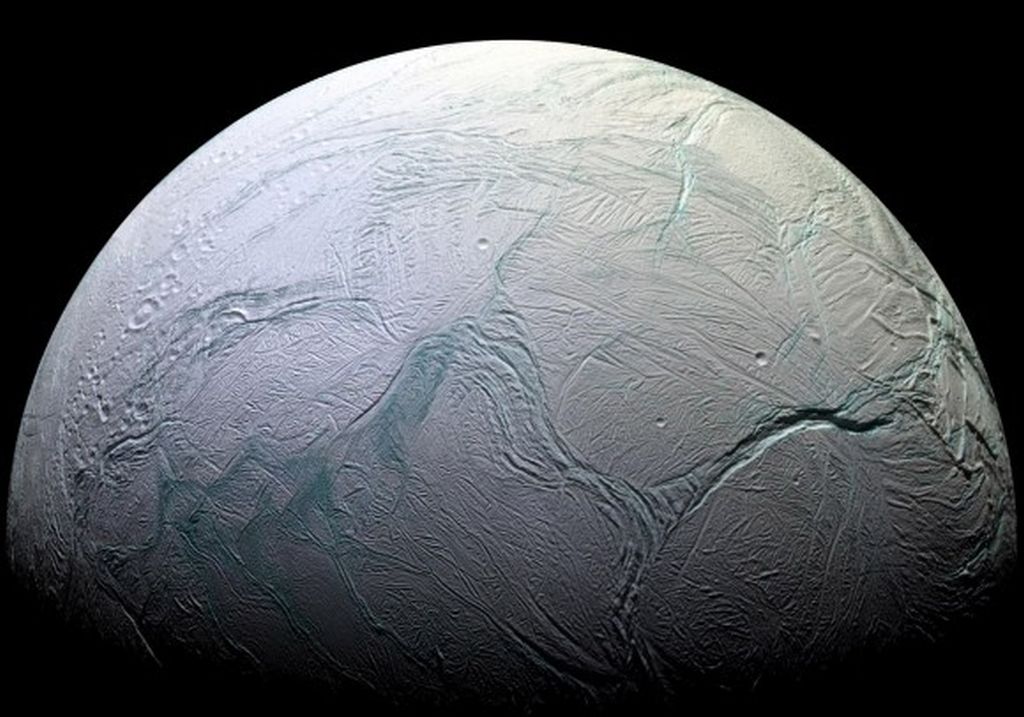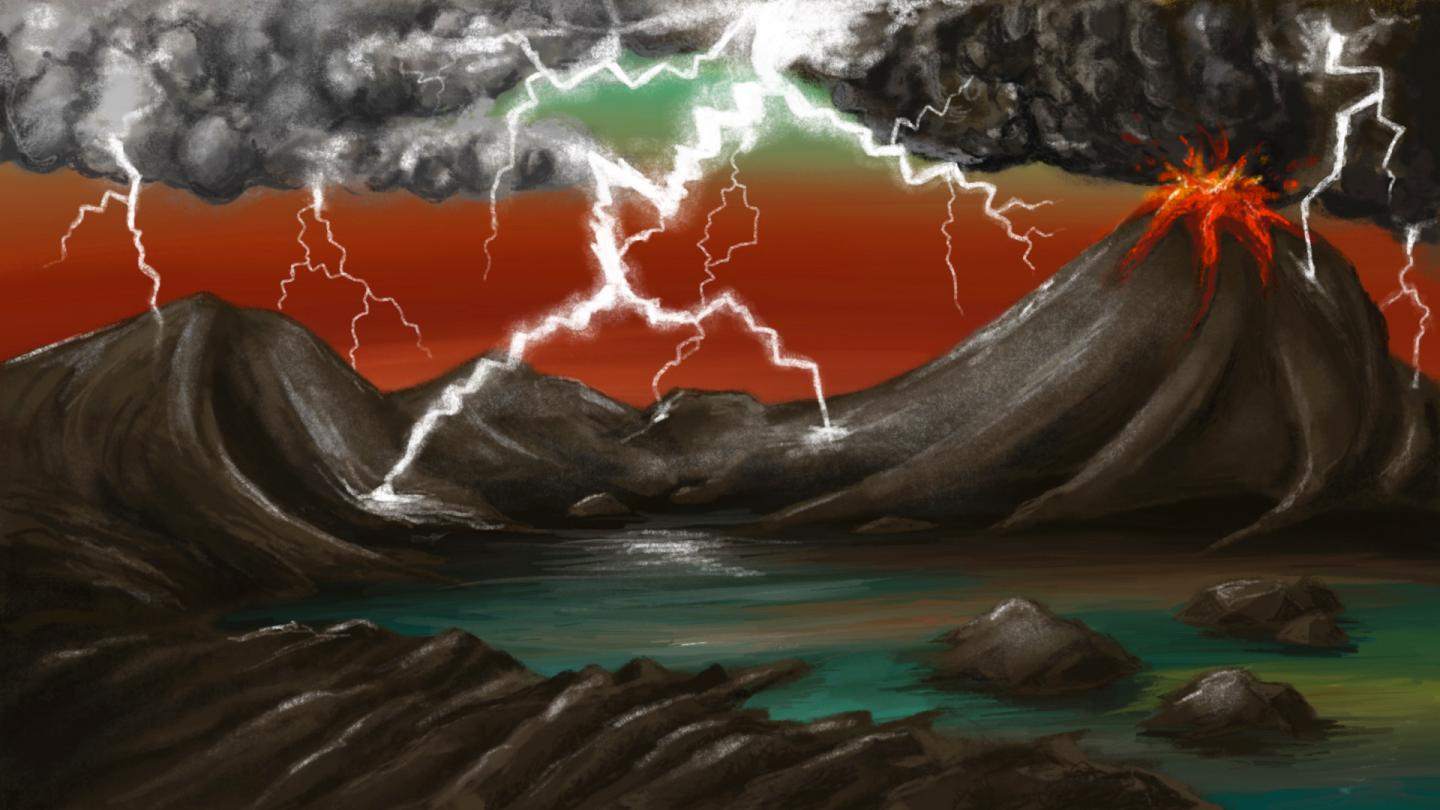So, you want to create life? You’re going to need some ingredients first. On Earth four billion years ago, you might find some of those ingredients in the impact craters of asteroid strikes (as long as you don’t get blown up in the blast yourself). A safer place to look, according to new research from the University of Leeds, might be in the sites of lightning strikes. Lightning is less destructive, more common, and creates equally useful minerals out of which you can build your early, single cellular life forms.
Continue reading “Lightning Strikes Helped Life get an Early Start on Earth”Since Perseverance is Searching for Life, What Will it Be Looking for?

You have to be careful what you say to people. When NASA or someone else says that the Perseverance rover will be looking for fossil evidence of ancient life, the uninformed may guffaw loudly. Or worse, they may think that scientists are looking for actual animal skeletons or something.
Of course, that’s not the case.
So what is Perseverance looking for?
Continue reading “Since Perseverance is Searching for Life, What Will it Be Looking for?”The Interior of Enceladus Looks Really Great for Supporting Life

When NASA’s Voyager spacecraft visited Saturn’s moon Enceladus, they found a body with young, reflective, icy surface features. Some parts of the surface were older and marked with craters, but the rest had clearly been resurfaced. It was clear evidence that Enceladus was geologically active. The moon is also close to Saturn’s E-ring, and scientists think Enceladus might be the source of the material in that ring, further indicating geological activity.
Since then, we’ve learned a lot more about the frigid moon. It almost certainly has a warm and salty subsurface ocean below its icy exterior, making it a prime target in the search for life. The Cassini spacecraft detected molecular hydrogen—a potential food source for microbes—in plumes coming from Enceladus’ subsurface ocean, and that energized the conversation around the moon’s potential to host life.
Now a new paper uses modelling to understand Enceladus’ chemistry better. The team of researchers behind it says that the subsurface ocean may contain a variety of chemicals that could support a diverse community of microbes.
Continue reading “The Interior of Enceladus Looks Really Great for Supporting Life”
